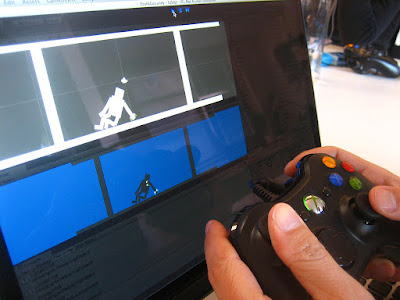Games Testing
Games Testing
Types of Testing
Bug Testing (or Quality Assurance)
The purpose of this is to find errors in the game relative to its design. How “Fun” the game is isn't relevant. If the designer says that the game should do one thing but it is doing another, that is a bug and needs to be identified.
Focus Testing
In a focus test, you bring together players that are part of the target audience’s to determine how well the game serves their needs.
Usability Testing
In a usability test, players are given specific tasks to accomplish in an attempt to see whether they understand how to control the game.
Balance Testing
A fun game can become boring if the game lets a player bypass most of the interesting choices in the game. If only one strategy can win and it is just a matter of which player follows that strategy the best, it is not as interesting as if there are multiple paths to victory.
Fun Testing
A game can be usable, balanced and functional and still be uninteresting. The “fun factor” may be hard to design, but when people are playing the game it becomes obvious whether they are having fun or not.
All of these forms of testing have elements in common. Each stage of testing has different goals, and you need to know what your goal is before you can achieve it.
There are many different types of test players, from experienced gamers to your close friends and family. All their opinions are valued and help better the game in the future.
When you are play testing a game you should follow these points:
- When testing, give the designer and the game your full attention.
- Don’t leave in the middle of a test. Aside from being rude, it can throw off the results.
- Be as detailed as possible. Don’t say that the game is “fun” or “boring,” analyse why.
- Allow time after playing the game for discussion with the other testers and the designer.
- Remember that there are playtest goals. Are you playing to see if the game is fun? Are you playing to win? Are you playing to find holes in the rules?
- Be polite. Attack the game, but do not attack the designer.
Most people dislike giving criticism, not everyone is outspoken and willing to upset someone with their honest opinion so lie and pretend they love someones idea.
This isn't benefiting anyone though so how do we tell someone that we think without hurting their feelings. The answer, constructive criticism.
Constructive Criticism allows you to give feedback in an encouraging polite way. You point out the great things and then also give advice on how they can improve their idea/work.
 |
| Game being tested |



Comments
Post a Comment